We’re hot on NOTAMs at the moment. Our OPSGROUP member Eddie (who’s just rebuilt the famous code 7700.com – take a look) has this great story for us from his early days flying the E-4B.
“The NOTAMS are a mess,” Major Tom Stevens said, “instead of the three pages of specific airports twice a day, we are now getting every single airport in the world big enough to handle a 747. The paperwork is immense.”
“How many pages a day?” I asked.
“Don’t know,” Tom said. “I just toss them on the bunks in the upper rest. But don’t tell Lieutenant Colonel Rodney G. Larson that. His edict from on high says we have to read every page of them.”
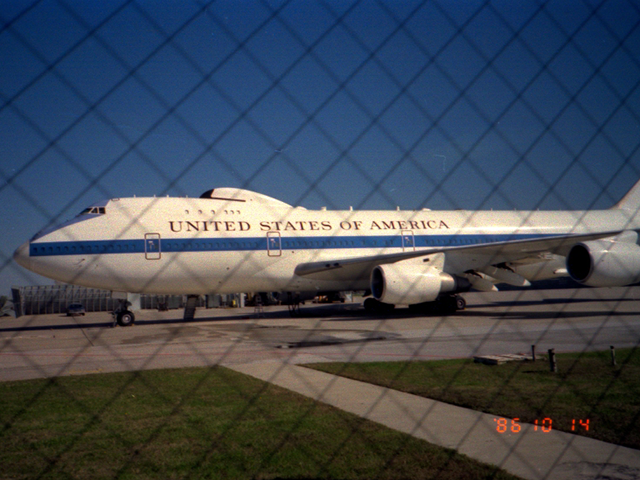
Photo: E-4B from the squadron (Eddie’s Camera)
I boarded the airplane and caught up with the flight engineer in the forward galley, just aft of the spiral staircase that led to the cockpit. He handed me the aircraft forms and the crew read file. “Welcome to the new world,” he said.
“What world is that?” I asked.
“Lieutenant Colonel Rodney G. Larson’s world of course,” he said. “You got ten pages of his view of the world in the read file and then when you get upstairs, you got some more reading to do.”
The airplane was in good shape and in less than a minute the aircraft belonged to me. The read file was another matter. I took the nearest seat and read for thirty minutes how Lieutenant Colonel Rodney G. Larson wanted me to do my job. I scribbled dutifully into my notebook and quickly discovered there were three categories of Lieutenant Colonel Rodney G. Larson edicts. A lot of it made sense and pretty much put into writing techniques we had been using for years. A good portion of it was silly but harmless. The third category, however, was pure idiocy. We were required from this day forward to hand-fly the airplane from the takeoff to cruise altitude in an attempt to keep our stick and rudder skills sharp. Approach callouts were forbidden so that the pilot flying the jet could better concentrate on keeping the needles centered. I would have to get engaged on these.
But I didn’t know which category to place the strangest bit of news, our newly acquired fetish for having Notices to Airmen, or NOTAMS, transmitted directly to the operational bird. We were accustomed to getting them for the twenty or so airports tasked with supporting us on a regular basis. It was a convenience to have them delivered to the cockpit twice-a-day rather than having to hunt them down at base operations or having to call the nearest FAA flight service station. But now we would have to sort through every airport in the world with a runway able to support a Boeing 747. Was this just another harmless ruling from on high, something General Patton disciples would call “chicken shit,” because they made life harder but really didn’t matter in the end. Or was this in the idiocy category, elevated to the Patonesque level of “bullshit,” something that was as stupid as chicken shit but had a negative operational impact. I drew a large question mark next to the entry, closed my notebook, and made my way up the spiral staircase.
The upper deck of a Boeing 747 started out as an afterthought, just extra space behind the cockpit. Various airliners tried to put a lounge up there but soon figured out revenue-paying seats made more sense. The Air Force version had three beds in a small room, three bunk beds with curtains in a common area, a worktable, and several passenger seats. When the bird was operational, we tended to give up the entire space to our crew chiefs and security guards. For seven days and nights they lived on the airplane and needed a place to unwind, out of view from our passengers. I was used to seeing a bit of a disorderly mess up there and tried to restrain every urge to insist on a little more cleanliness.
On a scale of upper deck clutter, one to ten with five being the average, I was greeted with nothing more than a six. Unusually, there were no mechanics or guards asleep in the bunks. The head crew chief greeted me, as per normal, and I handed him the aircraft forms.
“Good bird?” I asked.
“Good bird,” he answered.
“Any personal squawks?” I asked.
“Just one, sir.” He pointed to the bunks on the right side of upper deck where two of the bunks were filled with reams and reams of silver-backed paper, thousands of pages of paper.
“What?”
“NOTAMS,” he said. “I don’t know what they are for but I wish you pilots wouldn’t leave your junk in our beds, sir.”
I took a handful for the top bunk and carried it forward to the jump seat in the cockpit. After ten trips I filled the jump seat and got one out of three bunks clear. I plopped myself into the pilot’s seat and started to read. “What the hell is Burkina Faso,” I muttered to myself.
“Ever hear of Upper Volta,” I heard as the copilot lowered himself into the right seat.
“Yeah,” I said.
“Well same country,” he said, “new name.”
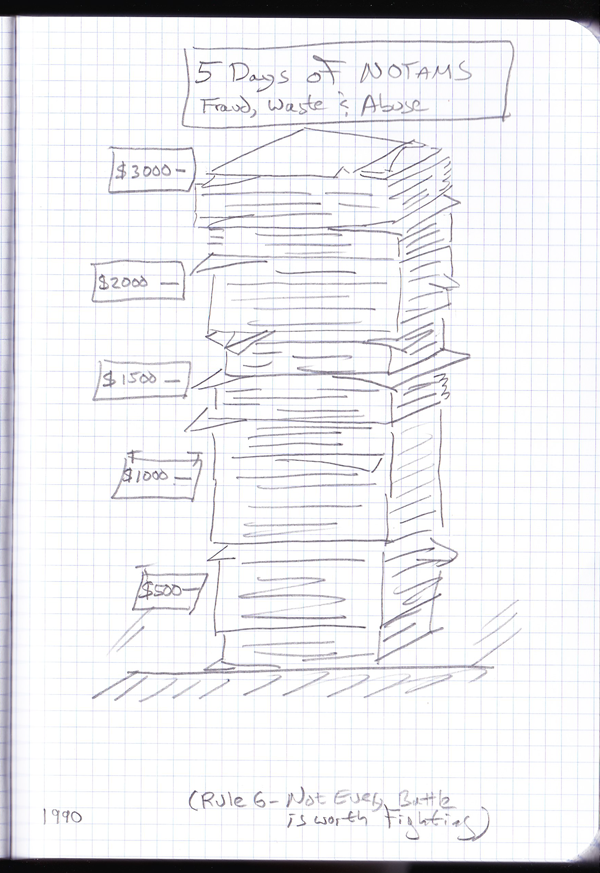
Soon the rest of the flight crew joined me and we four came down with a system to speed things along. “Most these are days old,” the navigator said, “just look at the date time group on the top left and move on.”
“Good idea,” the engineer said. “But I gotta get me some gloves, this silver shit can’t be good for you.”
It can’t be harmful, I thought, but it certainly was messy. I took a break and went downstairs to learn why our NOTAMS were printed on the strange silver paper. Our 747 had the VIP bedroom in the nose, under the cockpit, and as you went aft there was the galley, a progression of conference rooms, passenger seating, a communications suite, and more seats. I entered the comm suite was immediately handed another stack of silver paper, maybe two hundred pages in all.
“I wish you pilots could get your news on T.V. like the rest of us,” the communications officer said. “That T3500 runs full time these days just for you guys. We hardly use it for our secrets any more.”
He explained that they had all sorts of printers but when the message came from the Department of Defense, as was true with our NOTAMs, they had to be printed on a printer rated at Top Secret or higher. That meant the T3500 on our airplane.
“So why does it have to be on this awful paper,” I asked, rubbing two fingers together and showing off the silver ink rubbed onto each.
“Because that’s what the T3500 uses, major.” As he spoke the printer came to life and I spotted the message header revealing another round of NOTAMS. “And it ain’t cheap either,” he added.
“How much?” I asked.
“Five hundred smackers a box,” he said. “I’m glad I’m not paying for it.”
“Somebody is,” I said while leaving with my new stack of paper, probably three hundred dollars of taxpayer money.
“Executive decision,” I said as I entered the cockpit. “Let’s throw all of the old stuff away and start worrying about the new NOTAMS as we get them.”
“Good idea,” the engineer said, “but we got a problem. Look at this.” He handed me about ten pages of silver paper, about half with a message header that began TOP SECRET and the other half with the code words that meant their security clearance was even higher.
“Whoa,” I said, “this stuff was in our NOTAMS?”
“Yeah,” the navigator said, “and it’s worse. You can be halfway through a set of NOTAMS and a page of this will be sandwiched between. It’s like the printer is in the middle of a hundred pages of NOTAMS but throws in a secret message as soon as it gets it. The comm team doesn’t bother checking all hundred pages so we get their secrets with our NOTAMS.”
I told the flight crew to go through the rest of the NOTAMS while I took the classified stuff with me off the airplane and straight to Lieutenant Colonel Rodney G. Larson’ office, where I found him attacking his own mountain of paperwork.
“Sir,” I said, “can I have a minute?”
“You got sixty seconds, major,” he said, “make them count.”
“We found five code worded messages in our NOTAMS this morning and we aren’t even ten percent into the stack. This has got to stop.”
“No,” he said, “this means you still have ninety percent left and you better get to it. I’ll put out a memorandum that makes sure all pilots do a better job of screening their NOTAMS. Thanks for bringing this to my attention, dismissed.”
“Sir,” I said, “why don’t we just discontinue the NOTAMS? I don’t mind going to base operations every day, it would certainly take less time. And then there’s the cost . . .”
“You got your orders,” he said, cutting me off.
“All I want,” I started to say but stopped as he rose his hand in front of his face.
“All I want,” he said, “is for you to shut up and color.”
“Sir,” I said, “yes, sir.”
With that I left his office, returned to the cockpit, collected ten more code worded messages and gave those to our Whamo passengers. While downstairs I was handed a set of flight orders and a few minutes later we were airborne headed east.
Four days later we came back with about 5,000 sheets of NOTAMS from which we had pulled over 200 pages of classified message traffic. I was walking into the squadron as Lieutenant Colonel Rodney G. Larson was walking out, on his way to fly the daily training sortie.
“Lieutenant Colonel Larson,” I said, thinking the full proper address might get a better reception. “Can we discuss the NOTAM situation.”
“Major I’ve been through this with all the other aircraft commanders,” he said. “You are the only one who has a problem with it. Why can’t you just salute smartly and press on?”
I saluted smartly and pressed on into the squadron. The mission planning room was packed with pilots, navigators, and flight engineers working on the next big trip. They all turned to look at me, expectantly.
“What?” I said.
“We thought if anybody could change his mind it would be you,” came from one corner of the room.
“You know somebody is going to jail,” I heard from another corner. “One of us is going to miss a code worded message and then it is off to Leavenworth.”
We all sat, quietly, realizing our fates were sealed. I decided the least I could do was get the mess off the airplane so I found a handcart in the steward’s kitchen and made my way back to the airplane.
As soon as the crew chiefs realized I was purging the upper deck of the dreaded silver paper they volunteered to help and we had the cart loaded up in just two trips up and down the three flights of our 747. The head crew chief volunteered to steady the cart as I pushed it back to the squadron.
“How much do you reckon all this paper cost the U.S. taxpayer,” he asked.
“A lot,” I said, “the commo said it was five hundred for a box.”
Once in the squadron we wheeled our way to the ready room. “Now what?” he asked.
“Let’s see if we can reach the ceiling,” I said.
We piled them in a single stack against the wall to steady it. As the stack grew in height we drew a crowd. When we were done it was taller than me and was pretty impressive.
“What good is that going to do?” I heard. He had a point. In the end I decided to use Post It notes to delineate each $500 of wasted paper and topped it all with a banner revealing that all this was just from five days. In retrospect, I think what really capped it off was adding the subtitle, “Fraud, Waste and Abuse.”
That work done, my two-way radio came to life announcing I was needed at the airplane and a few minutes later I was headed for the west coast. Two days later I was back, the NOTAM stack was gone, there was another letter to the crew force announcing that the daily NOTAMS were no longer being provided and that it was up to us pilots to get them by alternate means, and there was a big red line drawn through my name on the scheduling board.
“Thanks for taking one for the team,” I heard over and over again. But I had to wonder, was it worth the price? Lieutenant Colonel Rodney G. Larson did not want to talk to me and he did his best to avoid me. But there was the scheduling board filled with trips without me.
“At least you went out in style,” I heard.
I didn’t want to go out at all, of course. After two weeks the drought was over and I was flying to Europe. We had a double crew on board so while one team flew the other was in the upper rest playing cards, reading, or trading vicious gossip.
“So you are resurrected again,” the navigator said. “You are like a cat.”
“More than a cat,” the engineer said. “I think this makes an even ten lives for the good major.”
“I owe it all to clean living,” I said. “Besides, not even Lieutenant Colonel Rodney G. Larson can hold a grudge forever.”
The crew looked at me in silence. Finally the navigator spoke. “You don’t know, do you?”
“Know what?”
“Lieutenant Colonel Rodney G. Larson was going to have you thrown out of the squadron when this trip came up,” he said. “Whamo asked for you by name and when they were told you couldn’t do it they blew a gasket. They said you were the only aircraft commander they would fly to Europe with.”
“Ah, so,” I said. It made perfect sense, I thought, they would want a pilot who got things done reliably and that would obviously be me. The last few Europe trips got botched up and Whamo was pretty upset. In retrospect, I think the smug grin on my face let the wild dogs know it was time to attack.
“I guess all that suck up time pays off,” the navigator said.
“Yeah, he’s just like Eddie Haskel,” the copilot said, everyone nodding.
“What do you mean?” I didn’t like the way this was going.
“No offense,” the navigator said. Of course that always meant offense was intended. “But you spend a fair amount of time downstairs with the pax, you invite them to the cockpit more than any other pilot, you go out of your way to make them happy.”
“Why that is a lovely dress, Mrs. Cleaver,” the copilot said.
The look on my face must have portrayed my hurt feelings. “No offense,” they all chimed in.
“The major is also one of only two aircraft commanders who doesn’t get Whamo nasty grams,” the engineer said. “I’d rather be on a crew that makes the pax happy than one that doesn’t. Life is easier that way.”
With the engineer’s two cents worth, my hurt feelings went away and pretty soon everyone forgot about the holy crusade against NOTAMS. Everyone, that is, except Lieutenant Colonel Rodney G. Larson.
A year later the base was looking for volunteers to go to Air Command and Staff College but didn’t want to nominate anyone who wouldn’t make the Air Force selection process. It was a problem for our base. Everyone on base who wanted to go wouldn’t be chosen by the Air Force; anyone who could make the Air Force cut didn’t want to go. I didn’t want to go and did not submit the required application.
“Sign here,” Lieutenant Colonel Rodney G. Larson said, handing me the application. “I had it filled out and I made a few phone calls. They say you are a shoe-in.”
“I don’t want to go, sir.”
“You need to go,” Lieutenant Colonel Rodney G. Larson said. “I told you to sign.”
“No, sir.”
I pushed the incident out of my thoughts until six months later I was selected. I rushed over to the personnel office to see the application was signed but not by me. The handwriting looked exactly like that of one Lieutenant Colonel Rodney G. Larson.
I thought about making a mess of the incident but realized that would ruin two careers instead of just one. A few months later I was in Air Command and Staff College writing an underground newspaper called “The Penguin Gazette, a newspaper for flightless birds.” The Gazette’s editor needed a pseudonym and Eddie was as good a name as any. So began the literary adventures of one Eddie Haskel.
Oh yes, the rule. The holy crusade against NOTAMS taught me that not every battle is worth fighting, sometimes you need to take a few losses along the way. I accepted orders to Air Command and Staff College as my first application of the rule. As it turns out ACSC was a great learning experience for me, got me promoted to Lieutenant Colonel, and eventually led to command of my very own flying squadron. There I vowed to face every difficult situation wondering what Lieutenant Colonel Rodney G. Larson would do, and then do the opposite.
More on the topic:
- More: Mexico Customs Surprises: Pills, Vapes, and Laptop Rules
- More: Greenland NAT Alternates: Dec 2025 Update
- More: Crossing the Quiet South: From Australia to Argentina
- More: Major runway shutdowns ahead at KVNY/Van Nuys
- More: New FAA Airspace Warnings for Venezuela and Puerto Rico
More reading:
- Latest: Mexico Customs Surprises: Pills, Vapes, and Laptop Rules
- Latest: Greenland NAT Alternates: Dec 2025 Update
- Latest: Crossing the Quiet South: From Australia to Argentina
- Safe Airspace: Risk Database
- Weekly Ops Bulletin: Subscribe
- Membership plans: Why join OPSGROUP?



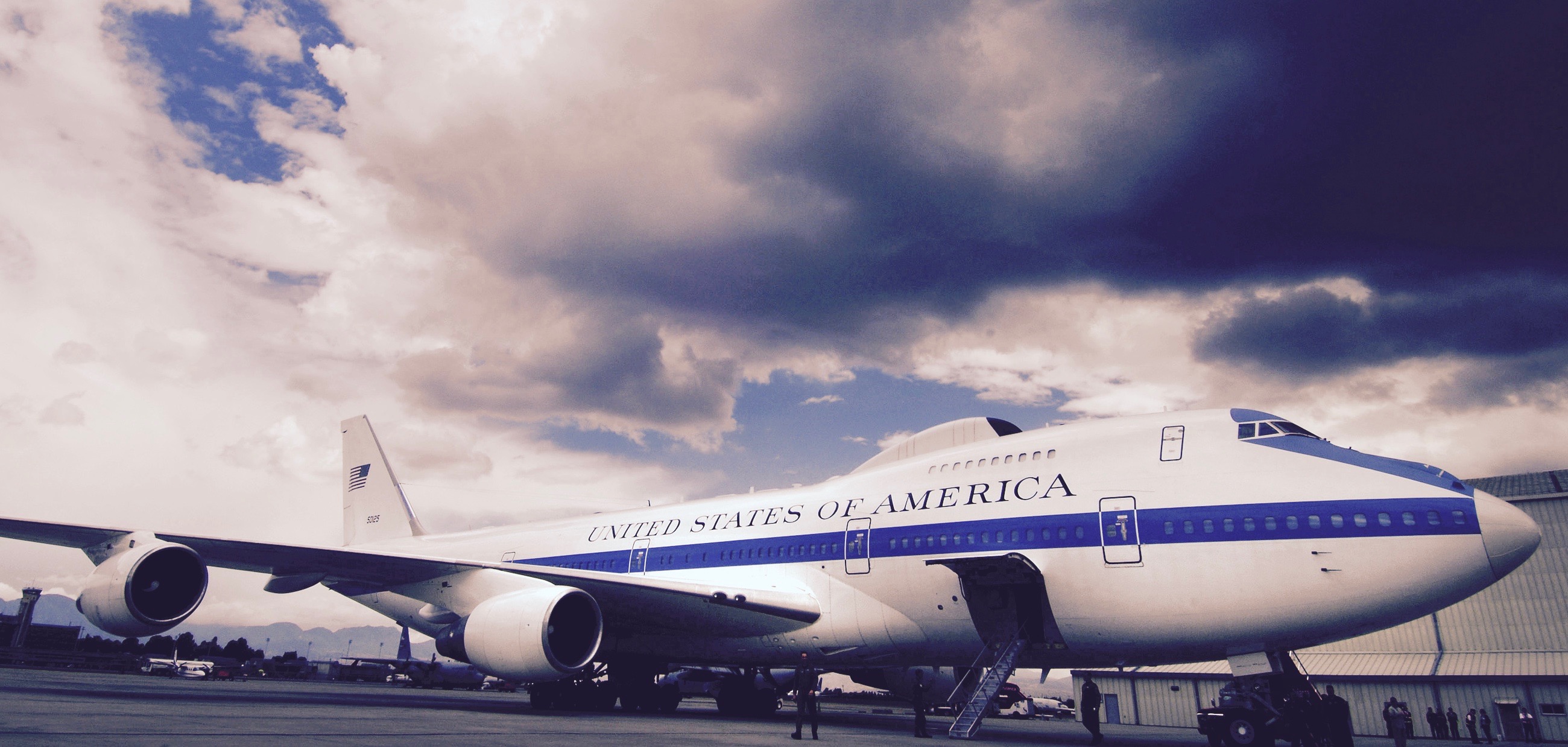







 Get the famous weekly
Get the famous weekly 



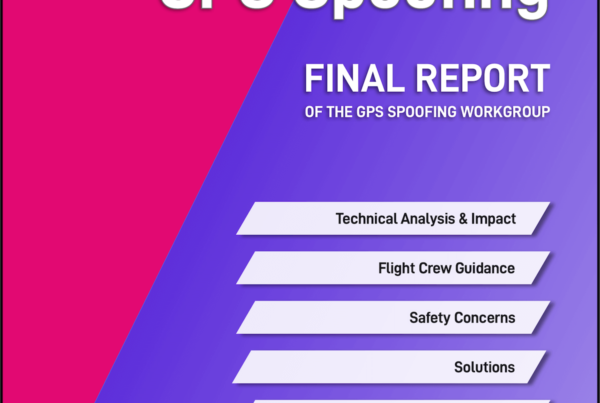
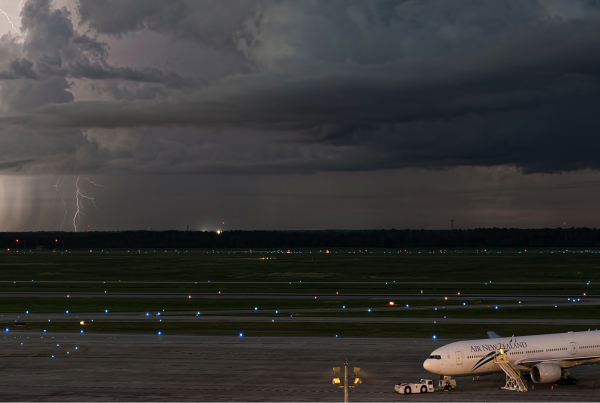
Great story!